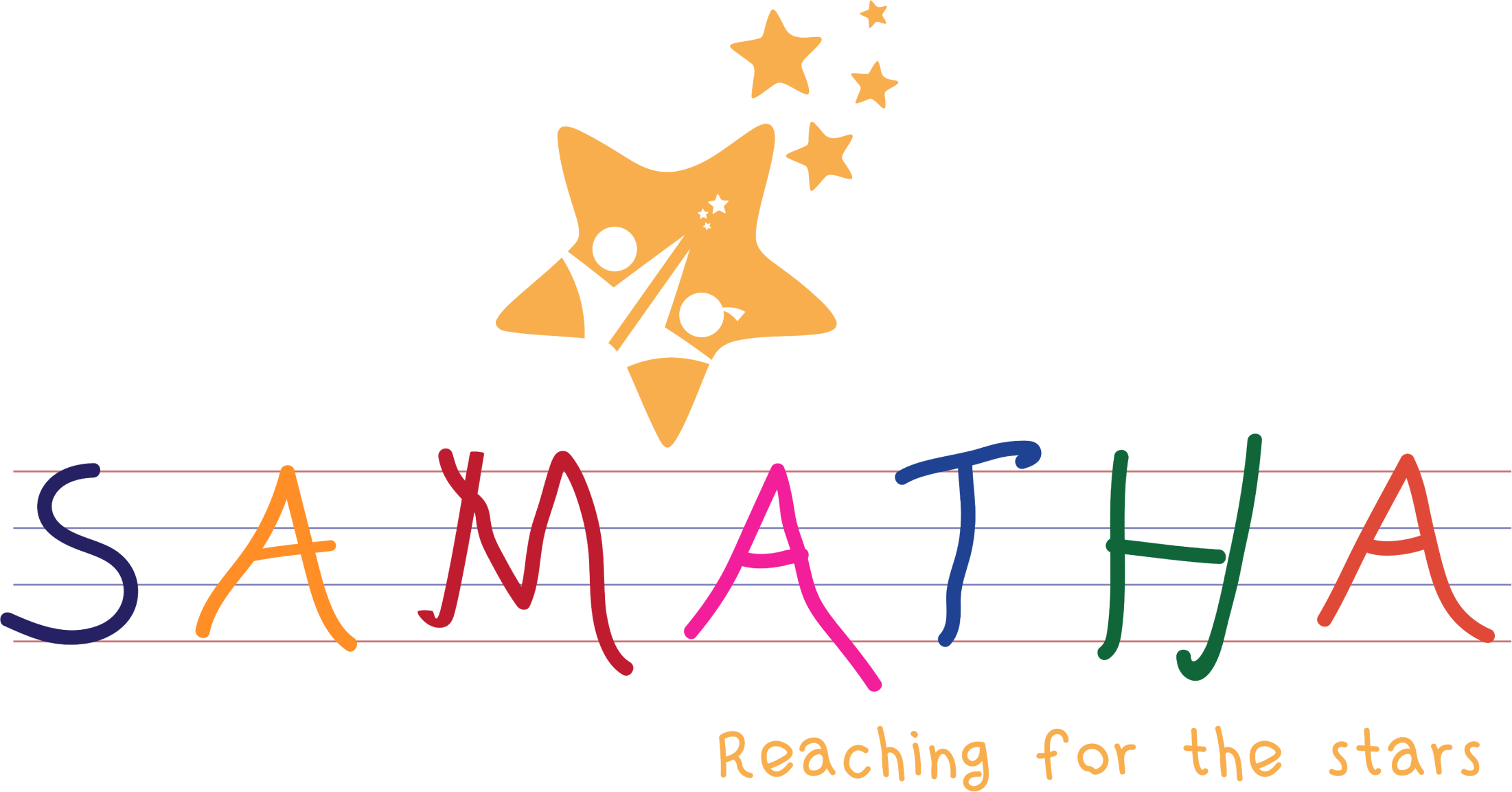Sam enjoyed going to school and was a bright spark with the most innovative ideas and creative solutions in his grade 2 class! He was a keen listener and an ever keener responder. It was like his brain processed the question even before the teacher could complete asking it! Oh well, all this was just fine. The biggest challenge came when there was any reading assignment to be done. Sam would be all over the class, not doing any of his work and not allowing anyone else to do theirs! There was not a single written assignment that was complete in his writing book. And the other time that the teacher found very challenging was when the class had to do a read aloud session. Sam would not follow along when others were reading aloud. And it wasn’t a surprise that when it was Sam’s turn to read, he didn’t know where to start and what to read!
The classroom situation went from bad to worse with all focus on all what Sam could not do! That was, until Sam was asked to see the special educator in the school. The special education teacher chose to check Sam’s ability to track visually. She found that his eyes just didn’t seem to be in his control when he had to follow a pencil as she moved it from side to side. Sam’s eyes would jump in and out of focus and soon he complained that his eyes were hurting. That was all the information the special educator needed to understand that Sam may have perfect vision but his visual skills were not efficient enough to support him for all that he needed to do in school. And because he was not able to do what others in the class were doing he was bored of being left out and used his creative mind to attract the attention he needed not to feel left out!
There are many children who like Sam are struggling in schools. What we need to understand is that there is more to vision than just seeing. We have two eyes that need to work together for the brain to understand and make sense of the signals it received.
Understanding our visual system:
Newborn babies can only see clearly at 8 inches, but as their focusing systems are stimulated with use, the range at which they can keep images clear and crisp is stretched to feet and then yards. As infants gaze at brightly moving toys or watch their parents walk around the room, tracking skills become honed and accurate. At birth our eyes are not yet neurologically wired to work in unison, sometimes causing parents undo alarm when they see baby’s eyes pointing in separate directions. Binocularity, or the teaming ability of our two eyes to move and aim in perfect sync, develops by 4 or 5 months of age.
Visual processing skills develop much the same way our motor skills are acquired, i.e., with practice and use. Just as infants must learn to roll over, crawl and walk, their eyes must also learn to track, focus and interpret what they see. We’re born with all the eye structure we need for vision but we spend the first 4-6 months of life getting “ hard wired” in the brain’s visual cortex to use our visual equipment correctly and then we continue fine-tuning these skills throughout early childhood..(ref: http://eyecanlearn.com )
How can vision be trained to work more efficiently?
- Reduce screen time. Play more in the out-doors and allow children to climb and run and jump while playing. Eyes need to develop depth perception which helps us write on a line efficiently, throw a ball at a target, walk down steps without tripping.
- Crawling activities: this activity encouraged the two hemispheres of the brain to work in coordination.
- Eye tracking: draw a spiral. Follow an object along a track. https://www.facebook.com/kinderkinesiologie.nl/videos/2321663918134540/
- Blowing activities: blow bubbles, blow painting (https://www.youtube.com/watch?v=8o5zT1_aKf8)
- Sucking exercises: https://www.youtube.com/watch?v=ZeT9Z62ch6A
As an educator with many years in education, I believe that children learn naturally. When we see them struggle, we need to understand that struggle and work at strengthening their skills and enhancing their efficiency. They will learn when they can move their focus from their body needs to what’s in their environment. If I am hungry, my brain will be more focused on the hunger pangs from my stomach than on the exciting experiment the teacher is exhibiting in class. Its as simple as that.
We at #samathalearning center keep that in mind when we teach. We cater to the basic needs of the child before expecting them to pay attention to any learning. We have happy learning students who are happy to learn!
#samathalearning #vision #visualperception #readingskills #eyeexercises

